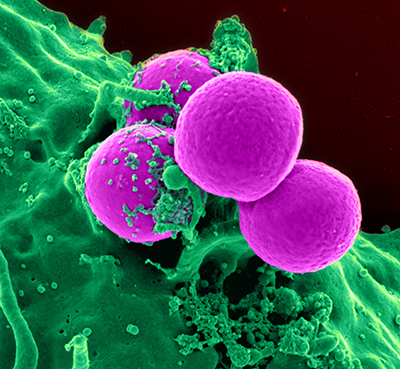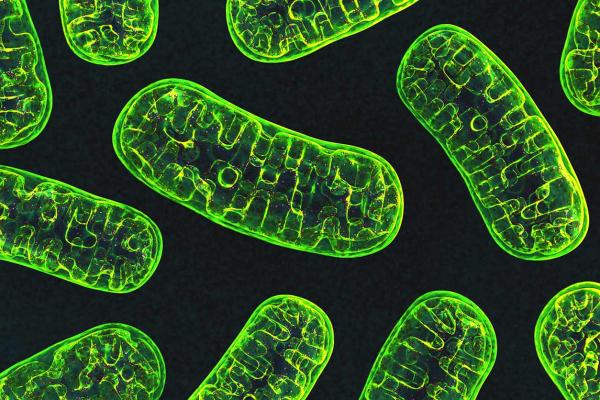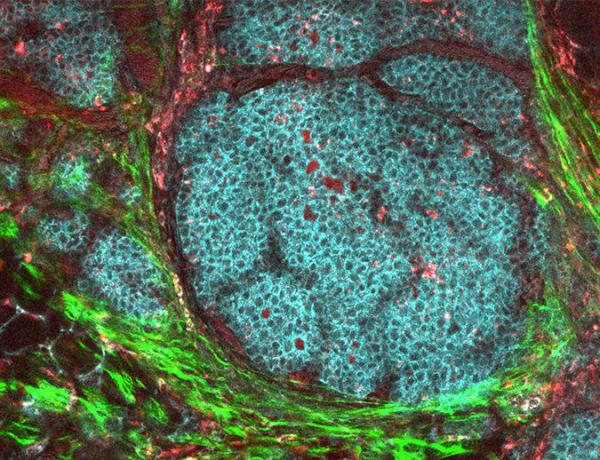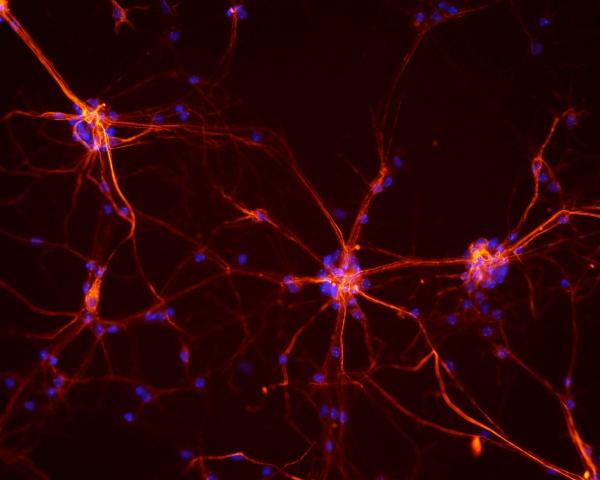Statins May Guard Hearing from Deafening Cancer Chemotherapy
Mouse Study Suggests Approach to Protect Cancer Patients’ Hearing
The internet is filled with lists of ‘life hacks’ that provide instructions on how to re-purpose common items, from turning glass jars into flower vases to using sticky notes to remove dust or crumbs from the crevices of a computer keyboard. On occasion, this kind of inventive spirit can be used to improve human health as well. IRP researchers have found evidence in mice that a statin medication originally created to lower cholesterol might also reduce hearing loss caused by a common cancer therapy.










